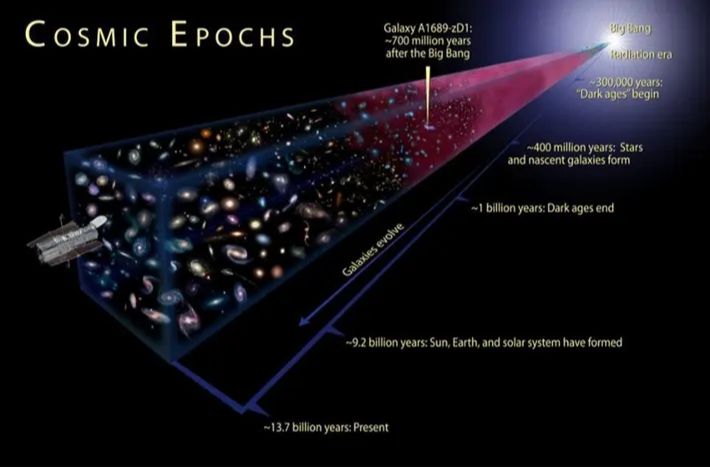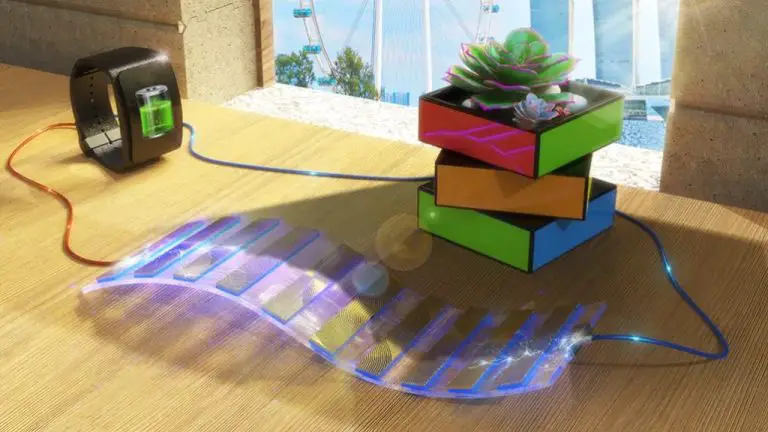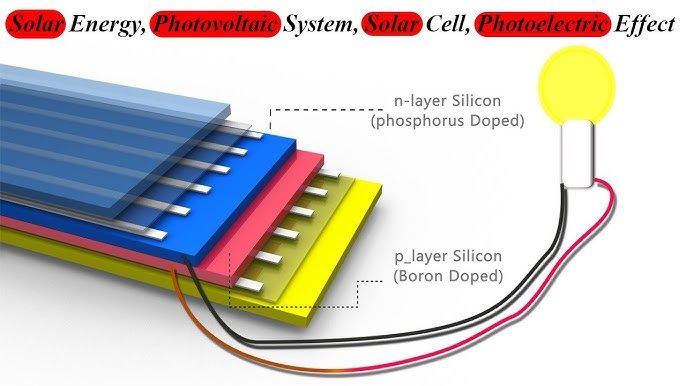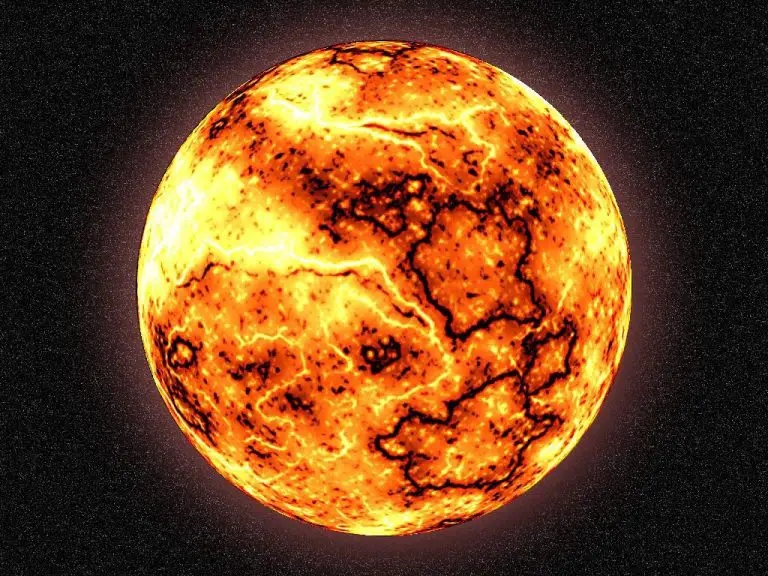How Is Energy Is The Sun Generated Mainly?
The sun is the dominant source of energy for life on Earth. By understanding how the sun generates its energy, we gain insight into the fundamental forces of nature that drive our solar system.
This article will examine the nuclear processes at the heart of the sun that release enormous amounts of energy. We will look at the sun’s internal structure, the fusion reactions that take place, and the mechanisms of energy transport from the core outwards. A brief overview will also be provided of the sun’s energy output and why its power source can continue burning for billions of years into the future.
Nuclear Fusion
The sun generates energy through nuclear fusion of hydrogen atoms into helium at its core. Nuclear fusion is a nuclear reaction that combines lighter nuclei into heavier nuclei, releasing a tremendous amount of energy in the process. Inside the sun’s core, extreme heat and pressure cause hydrogen nuclei to collide and fuse together to create helium.
Specifically, the fusion process that takes place inside the sun is:
4 protons (hydrogen nuclei) fuse into 1 helium nucleus
This nuclear fusion reaction releases energy because helium nuclei are more stable and have less mass overall than the 4 hydrogen nuclei that combined to form them. The “missing” mass is released as energy according to Einstein’s famous equation E=mc^2.
The high temperature and pressure in the sun’s core provide enough energy to overcome the repulsive electromagnetic forces between hydrogen nuclei, allowing them to get close enough to fuse together. This ongoing fusion process releases an enormous amount of energy that makes its way outward from the core, powering the sun.
Energy Transport
The energy produced in the core of the sun through nuclear fusion is transported from the core to the sun’s surface primarily through two mechanisms: radiation and convection.
Radiation refers to the photons (particles of light) generated by the fusion process. These photons originate in the core and slowly work their way outward through the sun, colliding with and being absorbed and reemitted by ions and electrons in the solar plasma. This radiation process can take photons approximately 10,000 to 170,000 years to travel from the core to the surface.
Convection also helps transport energy. The solar plasma is not uniform, and hot bubbles of plasma at millions of degrees rise up from the core, transporting energy outward through the radiative zone toward the surface. When they reach the photosphere, the plasma cools and sinks down again, creating convection currents that help distribute energy.
Together, photon radiation and plasma convection act as the means of energy transport from the fusion process occurring deep within the sun to the surface layers from which it radiates into space.
The Sun’s Structure
The sun has a layered structure, with each layer playing a key role in the nuclear fusion process that generates its enormous energy output. At the very core of the sun is the core region, which extends outward to about one quarter of the sun’s radius. This is the hottest part of the sun, with temperatures reaching 15 million degrees Celsius. It is here that nuclear fusion takes place, fusing hydrogen nuclei into helium and releasing energy in the form of gamma rays.
Surrounding the core is the radiative zone, where the gamma rays generated in the core are absorbed and re-emitted multiple times on their way outward. This process transfers the gamma ray energy into lower frequency radiation.
Next is the convective zone, where the lower frequency radiation heats up blobs of plasma, causing them to rise to the surface in a process called convection. This transfers heat from the interior to the surface.
At the visible surface of the sun is the photosphere, which emits the sunlight we see. Above the photosphere is the chromosphere, which along with the overlying corona make up the sun’s outer atmosphere. While most fusion occurs in the core, the sun’s layered structure enables the energy to steadily make its way outward and ultimately radiate into space.
Initiating Fusion
Fusion requires tremendous heat and pressure to get started. At the core of the sun, temperatures reach 15 million degrees Celsius. This extreme heat provides enough energy for hydrogen nuclei to overcome their natural repulsion and fuse together. However, high temperatures alone are not enough. The core also has immense gravitational pressure, nearly 250 billion times the pressure felt at sea level on Earth. This tremendous pressure squeezes hydrogen atoms together and makes fusion more likely to occur.
The combination of extreme heat and gravitational pressure enables protons to get close enough and collide with enough force to fuse into helium. Each fusion releases energy, which makes the core even hotter. This heating leads to expansion and pushes more hydrogen atoms together, resulting in more fusion reactions. The high temperature and density in the core allow this self-sustaining fusion process to continue for billions of years, releasing enormous amounts of energy.
Maintaining Fusion
The fusion process in the sun is maintained by a delicate balance between the gravitational force and the outward radiation pressure. The immense gravitational forces in the sun’s core cause hydrogen nuclei (protons) to move rapidly and collide, initiating fusion reactions. Each fusion produces energy in the form of photons (light particles). This energy must be transported outward where it can be released into space as sunlight.
The outward pressure created by the photons is exactly balanced against the inward pull of gravity, creating a stable equilibrium. If the rate of fusion increased, there would be more photons pushing outward and the core would expand. If fusion slowed down, gravity would compress the core further. But over billions of years of evolution, the sun settled into an equilibrium state where these forces remain balanced.
This finely tuned balance between gravity and radiation pressure is crucial. It allows the sun to exist in a stable state, fusing hydrogen nuclei steadily for billions of years. The photons produced in fusion reactions provide just the right amount of outward pressure needed for subsequent fusions to occur. So the heat and pressure generated in each fusion reaction allows more fusion to be continuously maintained.
Photons and Convection
The energy produced by nuclear fusion in the core of the sun is carried outward by two main processes – photons and convection currents.
Photons, or particles of light, are generated as a byproduct of the fusion reactions. These photons interact with the plasma inside the sun, gradually working their way outward through a “random walk.” This random walk occurs because the photons are continuously absorbed and reemitted in random directions as they collide with ions and electrons in the plasma.
It can take photons up to 100,000 years to travel from the core to the surface this way. The photons move slowly because they have to travel through very dense material inside the sun.
Eventually, the photons reach the outer layers of the sun, called the convection zone. Here, large bubbles of hot plasma rise up to the surface, while cooler plasma sinks down – forming convection currents. The photons can move more freely in the convection zone, and quickly rise to the surface.
So in summary, photons slowly transport energy outward through the radiative zone for most of their journey. Then convection currents rapidly bring the photons to the sun’s surface, where the energy is released into space in the form of light and heat.
Neutrinos
Neutrinos are subatomic particles that are produced in huge quantities during the fusion reactions in the sun’s core. Unlike photons, neutrinos rarely interact with matter, allowing them to easily escape from the core and travel through the sun without being absorbed.
This property makes neutrinos ideal carriers of energy. While photons take a very long time to reach the surface of the sun, neutrinos can stream directly out from the core. It is estimated that for every photon that makes it out of the sun, over a million neutrinos are produced in the core. Though neutrinos only account for around 2% of the sun’s total energy output, the sheer number of them allows neutrinos to carry over half of the energy generated in the core directly out into space.
Detecting solar neutrinos from Earth was an important part of validating the theory of stellar fusion powering stars like our sun. The number and energy of neutrinos measured matched theoretical predictions, confirming that fusion processes are responsible for the sun’s prodigious energy output.
Energy Output
The sun’s energy output is immense on a scale beyond human comprehension. The total solar irradiance reaching Earth is about 1,361 watts per square meter. To put that in perspective, a typical nuclear power plant on Earth generates around 1,000 megawatts of power. The sun produces that same 1,000 megawatts of energy every second. In one hour, the sun radiates more energy than humanity has produced throughout our entire history. It’s estimated that the sun will continue fusing hydrogen into helium and emitting energy at this rate for another 5 billion years before its evolution shifts.
The sun converts 4 million tons of matter into energy every second via nuclear fusion. This produces the heat and light that make life possible on our planet. Though the sun is over 90 million miles away, its energy output is so vast that Earth receives enough sunlight in just over an hour to power our society for an entire year. Simply put, nearly all energy on Earth originates from the sun’s colossal and continuous release of solar energy through nuclear fusion in its core.
Conclusion
To recap, the sun generates its massive energy output through nuclear fusion. Hydrogen atoms fuse together under extreme heat and pressure to form helium, releasing photons in the process. This fusion occurs in the sun’s core, which makes up its inner 25% radius.
The sun’s energy first transports outward in the form of photons. As they get further from the core, the photons’ energy begins transferring to surrounding gases through convection. This eventually transports the energy to the sun’s surface where it radiates outward as sunlight.
Along with visible light, the sun also releases neutrinos produced during fusion. Neutrinos pass through matter unaffected, so they provide a unique glimpse into the sun’s core processes.
The sun’s steady stream of energy makes life possible on Earth. As humanity increasingly relies on renewable energy, we’re challenged to harness the negligible fraction of the sun’s output that reaches Earth. Our star demonstrates fusion’s potential, if we can recreate and control it here on Earth.







